Home>Garden Essentials>Why Did My Chia Seeds Not Expand
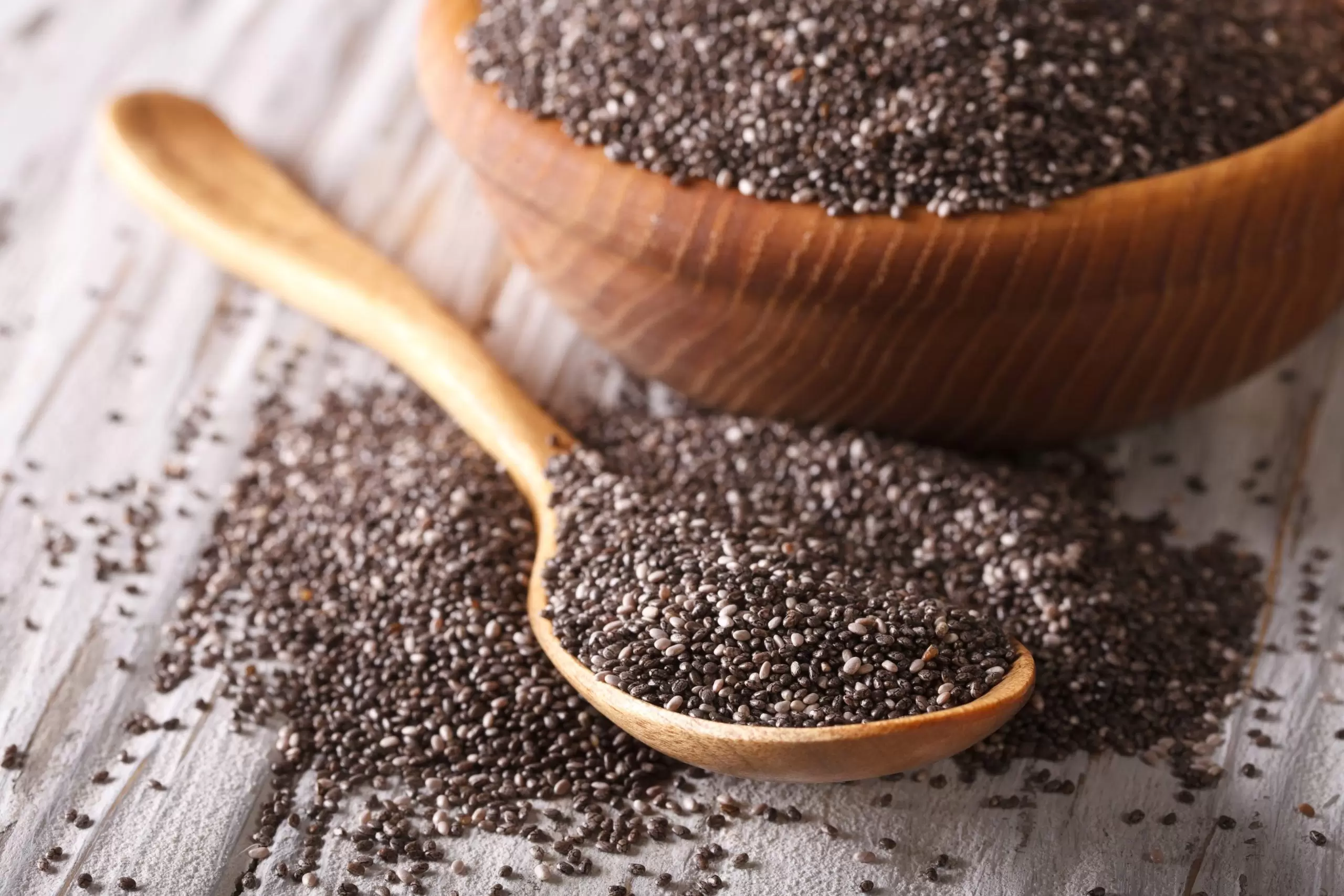

Garden Essentials
Why Did My Chia Seeds Not Expand
Modified: March 24, 2024
Find out why your chia seeds in the garden did not expand and learn how to ensure proper growth for healthier plants.
(Many of the links in this article redirect to a specific reviewed product. Your purchase of these products through affiliate links helps to generate commission for Storables.com, at no extra cost. Learn more)
Introduction
Welcome to the world of gardening where we explore the wonders of nature and unlock the secrets of plant growth. Today, we’re diving into the mystery of chia seeds and why they sometimes don’t expand as expected. Chia seeds, derived from the Salvia hispanica plant, are known for their nutritional value and their ability to absorb liquid and form a gel-like consistency. This makes them a popular addition to smoothies, puddings, and other recipes.
However, you may have experienced a common frustration: your chia seeds stubbornly refuse to expand despite your best efforts. Don’t worry; you’re not alone in this puzzling situation. There are several possible reasons why your chia seeds are not expanding as desired. Let’s explore them together and find a solution to this puzzle.
Key Takeaways:
- Ensure you use enough liquid when soaking chia seeds to help them expand and create a gel-like texture. Experiment with different liquids and adjust the amount as needed for the perfect consistency.
- Give your chia seeds time to soak and expand by allowing them to sit in liquid for at least 20 to 30 minutes. Patience is key to achieving the desired gel-like texture for your recipes.
Read more: How Long Does It Take Chia Seeds To Expand
Possible reasons for Chia seeds not expanding
When it comes to chia seeds, there are a few factors that can hinder their ability to expand and form a gel-like consistency. Let’s delve into some of the possible reasons for this frustrating outcome:
- Insufficient liquid: One common reason for chia seeds not expanding is not using enough liquid. Chia seeds need an adequate amount of liquid to absorb and expand properly. If you’re using too little liquid, the seeds won’t have enough moisture to swell and create that desired texture. Make sure to follow the correct proportions and add enough liquid for the chia seeds to absorb.
- Incorrect soaking time: Another factor that impacts the expansion of chia seeds is the soaking time. Chia seeds require time to absorb the liquid and expand fully. If you’re not allowing enough time for the seeds to soak, they will not have the opportunity to reach their full potential. It is recommended to soak chia seeds for at least 20 to 30 minutes, or even overnight for optimal results.
- Quality of chia seeds: The quality of the chia seeds you’re using can also play a role in their expansion. Ensure that you’re purchasing high-quality chia seeds from a reliable source. Low-quality or old chia seeds may not expand as well as fresh ones. Look for organic or certified brands to ensure that you’re getting the best quality chia seeds for your recipes.
- Incorrect storage conditions: Chia seeds are sensitive to moisture and temperature. Improper storage conditions may affect their ability to expand. To keep your chia seeds fresh and ready to expand, store them in an airtight container in a cool, dry place. Avoid exposing them to excessive heat or humidity, as this can cause the seeds to become clumpy and less effective in absorbing liquid.
By considering these possible reasons, you can troubleshoot and identify the underlying cause of your chia seeds’ reluctance to expand. Experiment with adjusting the liquid amount, soaking time, and storage conditions to achieve the desired outcome.
Insufficient liquid
One of the most common reasons why chia seeds may not expand is inadequate liquid. Chia seeds are hydrophilic, meaning they have a natural ability to absorb and retain water. When exposed to liquid, chia seeds form a gel-like texture that makes them ideal for use in recipes.
If you’re finding that your chia seeds are not expanding, it’s possible that you’re not using enough liquid in your recipe. Chia seeds require a sufficient amount of liquid to adequately plump up and absorb. Without enough liquid, the seeds won’t have the moisture they need to expand and create that desired gel-like consistency.
To ensure you’re using enough liquid, follow recommended guidelines or recipe instructions. Typically, a ratio of 1:3 or 1:4 chia seeds to liquid is sufficient. For example, if you’re using 1 tablespoon of chia seeds, mix it with 3-4 tablespoons of liquid. This will provide the seeds with enough hydration to expand properly.
If you’re unsure about the right amount of liquid to use, start with the recommended ratio, and adjust accordingly based on the desired consistency. If your chia seeds are still not expanding, gradually increase the amount of liquid until you achieve the desired result.
It’s important to note that different liquids may yield different results. Water is a common option for soaking chia seeds, but you can also use milk (dairy or plant-based), yogurt, fruit juice, or even herbal tea. Each liquid might affect the texture slightly, so you may need to experiment to find the perfect combination for your recipe.
In addition to the initial liquid, you may also need to add more liquid during the soaking process. Chia seeds continue to absorb liquid as they sit, so if you notice that the mixture becomes too thick, you can add a little more liquid and stir well to encourage further expansion.
Remember, the key is to provide enough liquid for the chia seeds to absorb, swell, and create that gel-like consistency. By ensuring sufficient liquid in your recipe and adjusting as needed, you’ll be on your way to perfectly expanded chia seeds.
Incorrect soaking time
The soaking time of chia seeds is an important factor that directly affects their ability to expand properly. Chia seeds require an adequate amount of time to absorb the liquid and fully expand, resulting in a gel-like texture. If you’re finding that your chia seeds are not expanding as expected, it could be due to incorrect soaking time.
The recommended soaking time for chia seeds is typically around 20 to 30 minutes. During this time, the chia seeds absorb the liquid and undergo a process called hydration. This allows them to absorb up to 10 times their weight in liquid, resulting in a gel-like consistency.
If you’re not allowing your chia seeds enough time to soak, they may not have the opportunity to fully expand. It’s crucial to give the seeds ample time in the liquid to absorb and reach their full potential. Some recipes even suggest leaving the chia seeds to soak overnight for optimal results.
To ensure the correct soaking time, follow the instructions provided in your recipe. If there are no specific guidelines, start with 20 to 30 minutes as a baseline and adjust as needed. Keep in mind that different liquids and temperatures can affect the soaking time, so you may need to experiment to find the ideal duration for your desired texture.
Additionally, periodically check on your chia seeds during the soaking process. If they appear dry or still have a crunch to them, they likely need more time to expand. Patience is key when it comes to soaking chia seeds, as rushing the process may result in under-expanded seeds.
On the other hand, if you’ve allowed your chia seeds to soak for an extended period and they haven’t expanded, it’s possible that they have absorbed all the liquid they can and are at their maximum size. In this case, you may need to adjust the amount of liquid in your recipe or reduce the soaking time slightly.
By ensuring the correct soaking time for your chia seeds, you will give them the opportunity to absorb the liquid, expand, and create the desired gel-like texture. Experiment with different soaking times to find the perfect balance that results in beautifully expanded chia seeds.
Make sure to soak chia seeds in liquid for at least 15 minutes to allow them to expand. If they still don’t expand, try using a different type of liquid or adjusting the ratio of chia seeds to liquid.
Quality of Chia seeds
The quality of chia seeds you use can also have an impact on their ability to expand as desired. When it comes to chia seeds, it’s important to choose high-quality seeds to ensure optimal results.
Chia seeds are available in various brands and sources, so it’s essential to choose a reputable brand or supplier. Look for organic or certified chia seeds to ensure that they are free from any pesticides, contaminants, or additives that may affect their quality and performance.
Old or low-quality chia seeds may not expand as well as fresh ones. Over time, chia seeds can lose their ability to fully absorb liquid and expand properly. It’s recommended to check the expiration date or harvest date on the packaging and choose seeds that are as fresh as possible.
In addition to freshness, the size and uniformity of the chia seeds can also influence their expansion. Smaller seeds tend to absorb liquid more quickly, while larger seeds may require slightly longer soaking times. Look for chia seeds that are consistent in size to ensure even expansion.
Another aspect to consider is the processing of chia seeds. Some chia seeds undergo minimal processing, while others may be ground or milled. Ground or milled chia seeds may absorb liquid faster due to their smaller particle size, resulting in quicker expansion. If you’re using ground chia seeds, be mindful of this difference and adjust your soaking time accordingly.
To ensure the quality of your chia seeds, store them in a cool, dry place in an airtight container. Exposure to heat, humidity, or moisture can degrade the quality of chia seeds and affect their ability to expand as desired.
If you’ve verified that you’re using high-quality chia seeds, and you’re still experiencing issues with expansion, it may be worth trying a different brand or batch of chia seeds to see if there is any difference in their behavior.
By selecting fresh, high-quality chia seeds, you can increase the chances of successful expansion and enjoy the full benefits of these nutritious seeds.
Read more: Where Did Chia Seeds Come From
Incorrect storage conditions
The storage conditions of chia seeds can greatly influence their ability to expand properly. Chia seeds are sensitive to moisture and temperature, so it’s crucial to store them in the right conditions to maintain their quality and effectiveness.
Firstly, it’s important to store chia seeds in a cool and dry place. Exposure to heat can cause the seeds to lose their ability to absorb liquid and expand. It’s best to keep chia seeds away from direct sunlight or sources of heat, such as stovetops or ovens.
Humidity is another enemy of chia seed storage. Moisture can cause the seeds to clump together, making it more difficult for them to absorb liquid and expand evenly. To protect your chia seeds from humidity, store them in an airtight container. This will help prevent moisture from seeping in and compromising the quality of the seeds.
If you live in a particularly humid environment, you may want to consider placing a silica gel packet in the container with your chia seeds. Silica gel packets can help absorb excess moisture and keep the seeds dry.
Additionally, be sure to check the expiration date or harvest date on your chia seed packaging. Like any other food product, chia seeds have a shelf life. Using expired seeds or seeds that have been stored for too long may result in reduced quality and decreased ability to expand.
It’s also crucial to keep your chia seeds away from strong odors. Chia seeds have the unique ability to absorb flavors and odors from their surroundings. Storing them near strong-smelling products can lead to a change in taste or aroma. To maintain the integrity of your chia seeds, store them separately from other strongly scented items.
In summary, proper storage conditions are essential for maintaining the quality of chia seeds and ensuring their ability to expand. Store them in a cool, dry place in an airtight container away from heat, humidity, and strong odors. By following these storage guidelines, you can preserve the freshness and effectiveness of your chia seeds.
Conclusion
Chia seeds have gained popularity for their nutritional benefits and their unique ability to absorb liquid and form a gel-like consistency. However, there are various factors that can hinder their expansion and leave you wondering why your chia seeds are not expanding as desired.
In this article, we explored some of the possible reasons for chia seeds not expanding. Insufficient liquid, incorrect soaking time, low-quality seeds, and improper storage conditions can all contribute to this problem.
To ensure proper expansion, it’s crucial to provide enough liquid for the chia seeds to absorb. Follow the recommended proportions and adjust as needed to achieve the desired consistency. Additionally, allow sufficient soaking time, typically around 20 to 30 minutes, to give the chia seeds ample opportunity to expand fully.
Choosing high-quality chia seeds is also vital for successful expansion. Look for organic or certified brands, check for freshness, and store them properly in a cool, dry place away from heat, humidity, and strong odors.
By troubleshooting these potential issues and making the necessary adjustments, you can increase the chances of your chia seeds expanding as desired and enjoying their full potential in your recipes.
Remember, gardening is all about experimenting and learning from the process. Don’t be discouraged if your chia seeds don’t expand perfectly the first time. With a little practice and attention to the factors discussed in this article, you’ll soon master the art of expanding chia seeds and enjoy their numerous health benefits to the fullest.
Frequently Asked Questions about Why Did My Chia Seeds Not Expand
Was this page helpful?
At Storables.com, we guarantee accurate and reliable information. Our content, validated by Expert Board Contributors, is crafted following stringent Editorial Policies. We're committed to providing you with well-researched, expert-backed insights for all your informational needs.
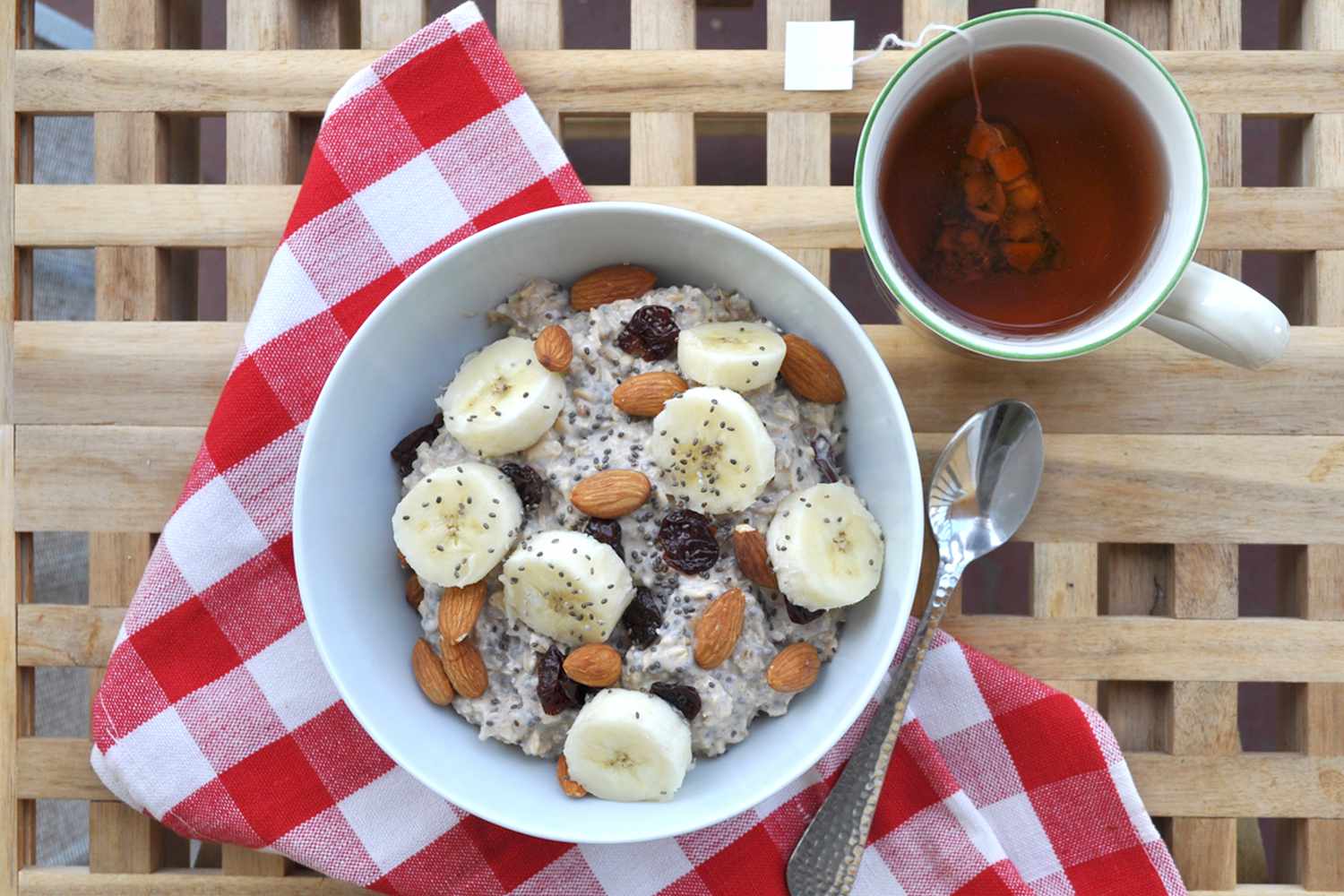
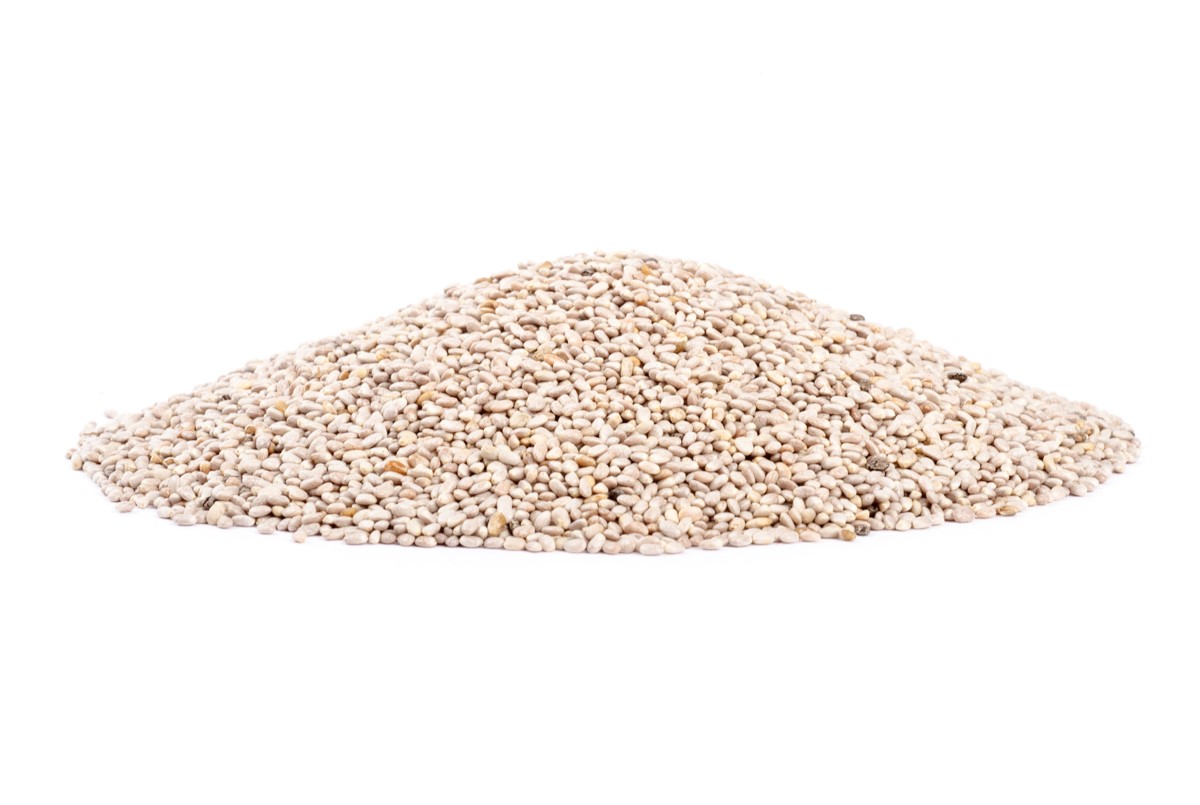
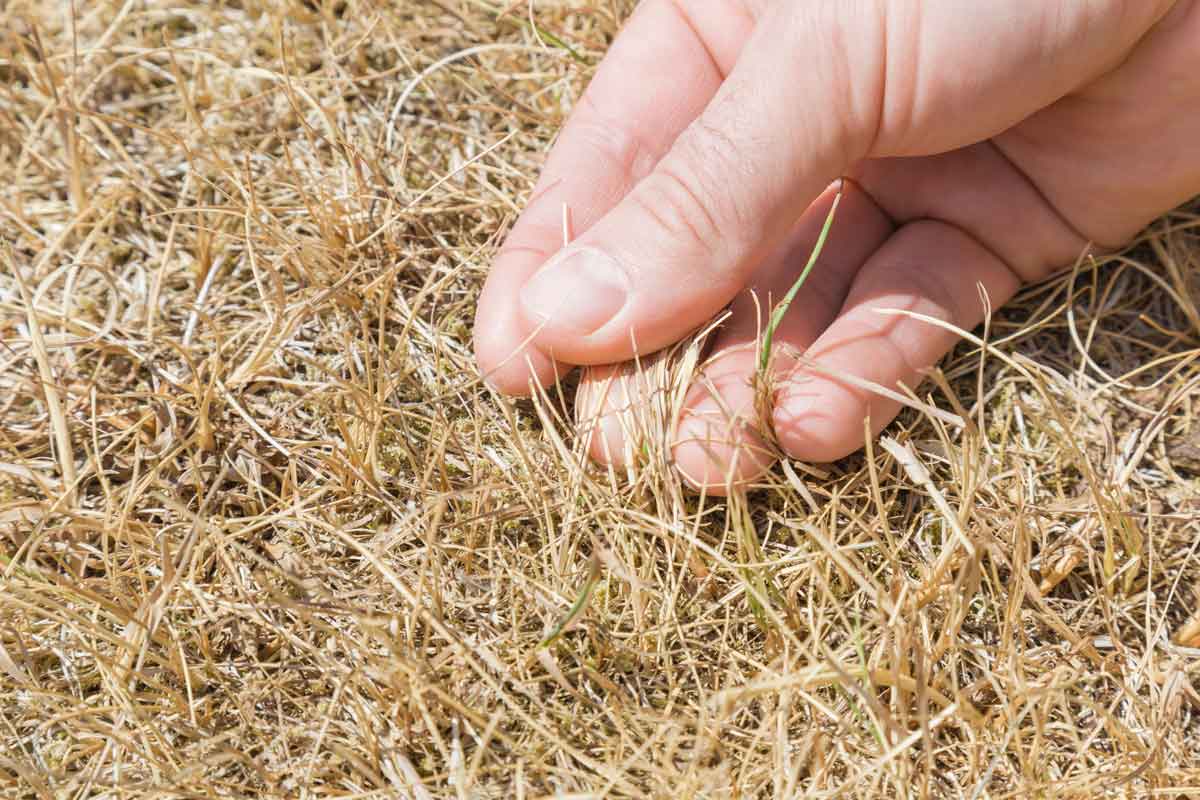
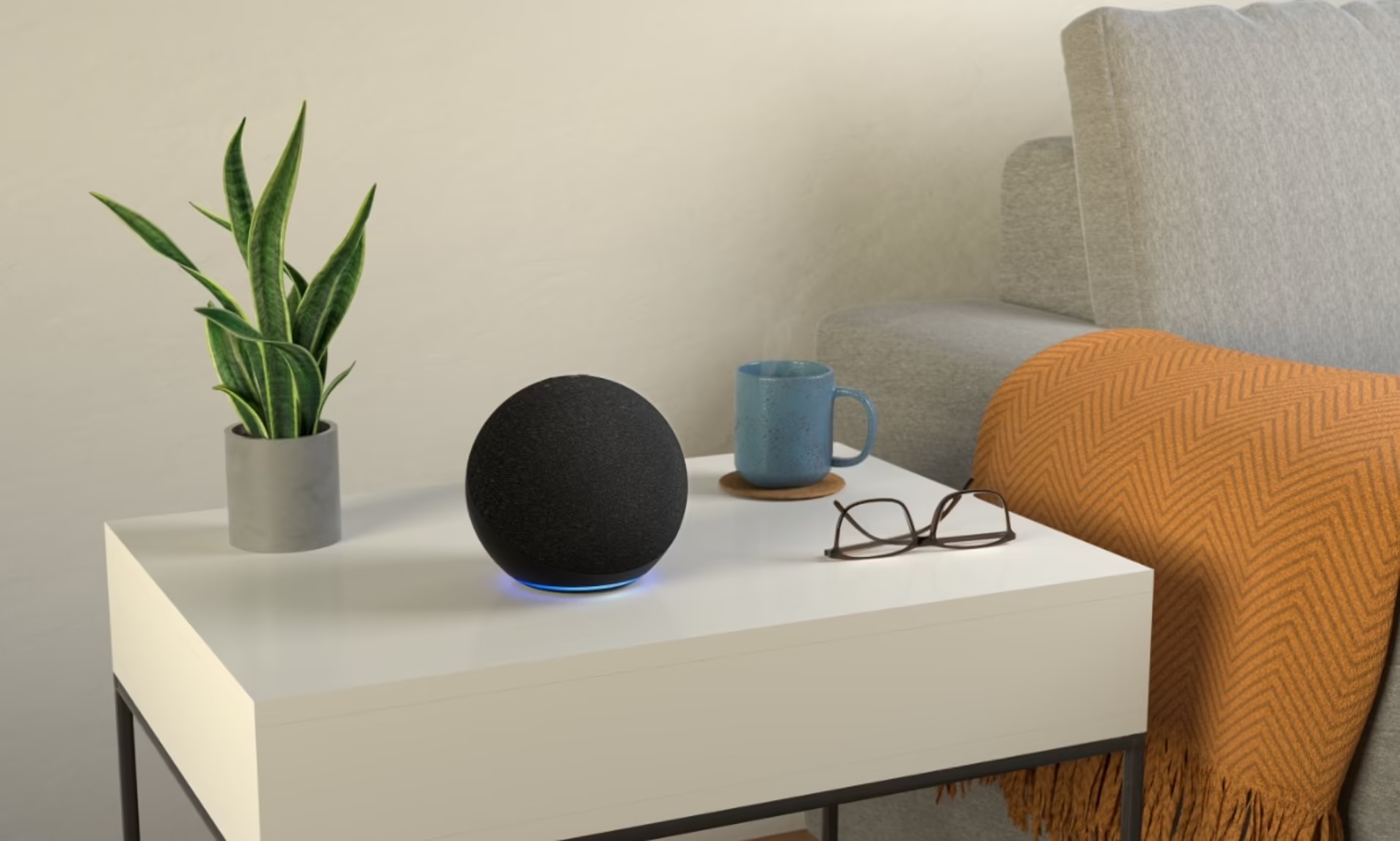


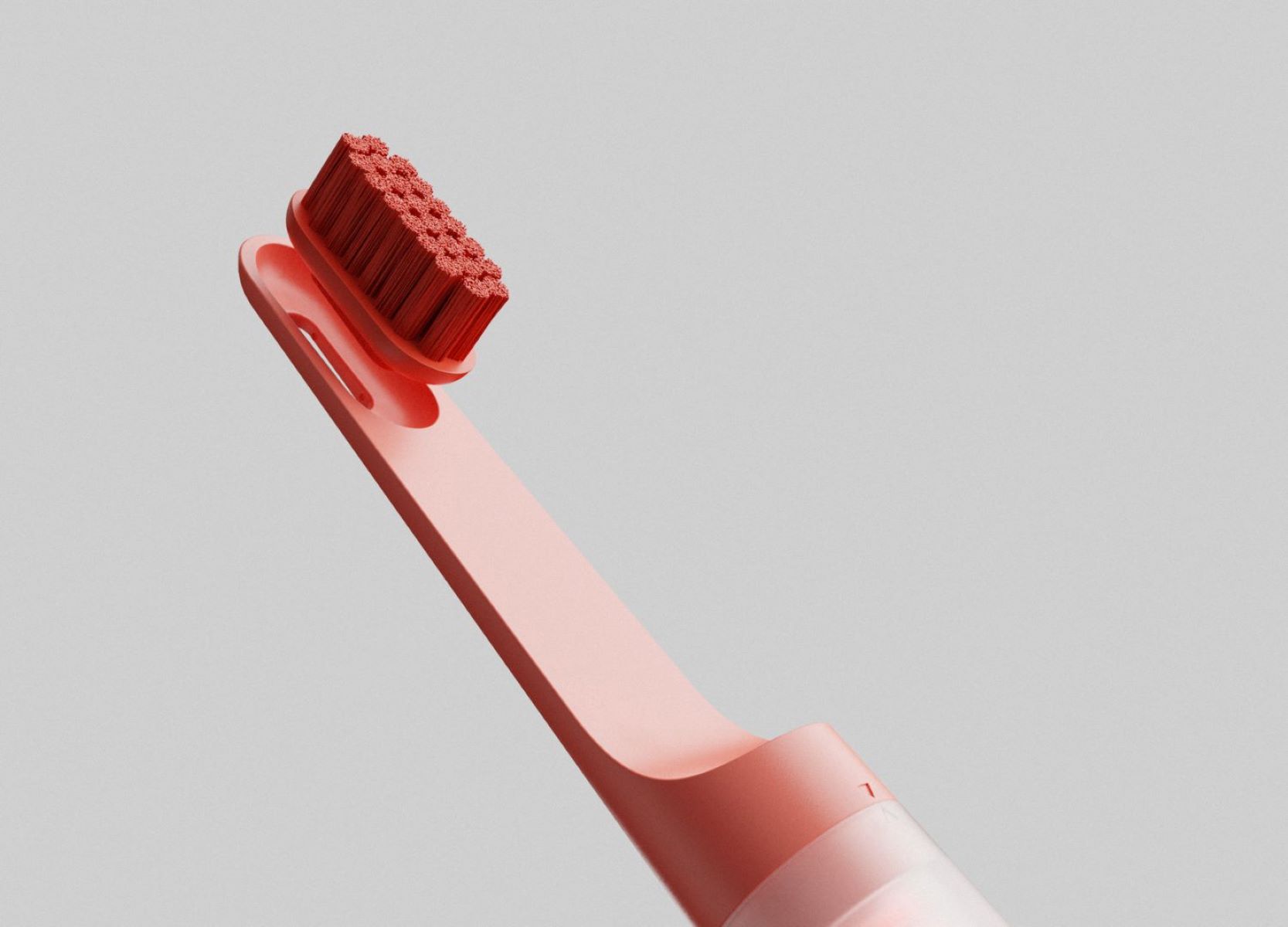
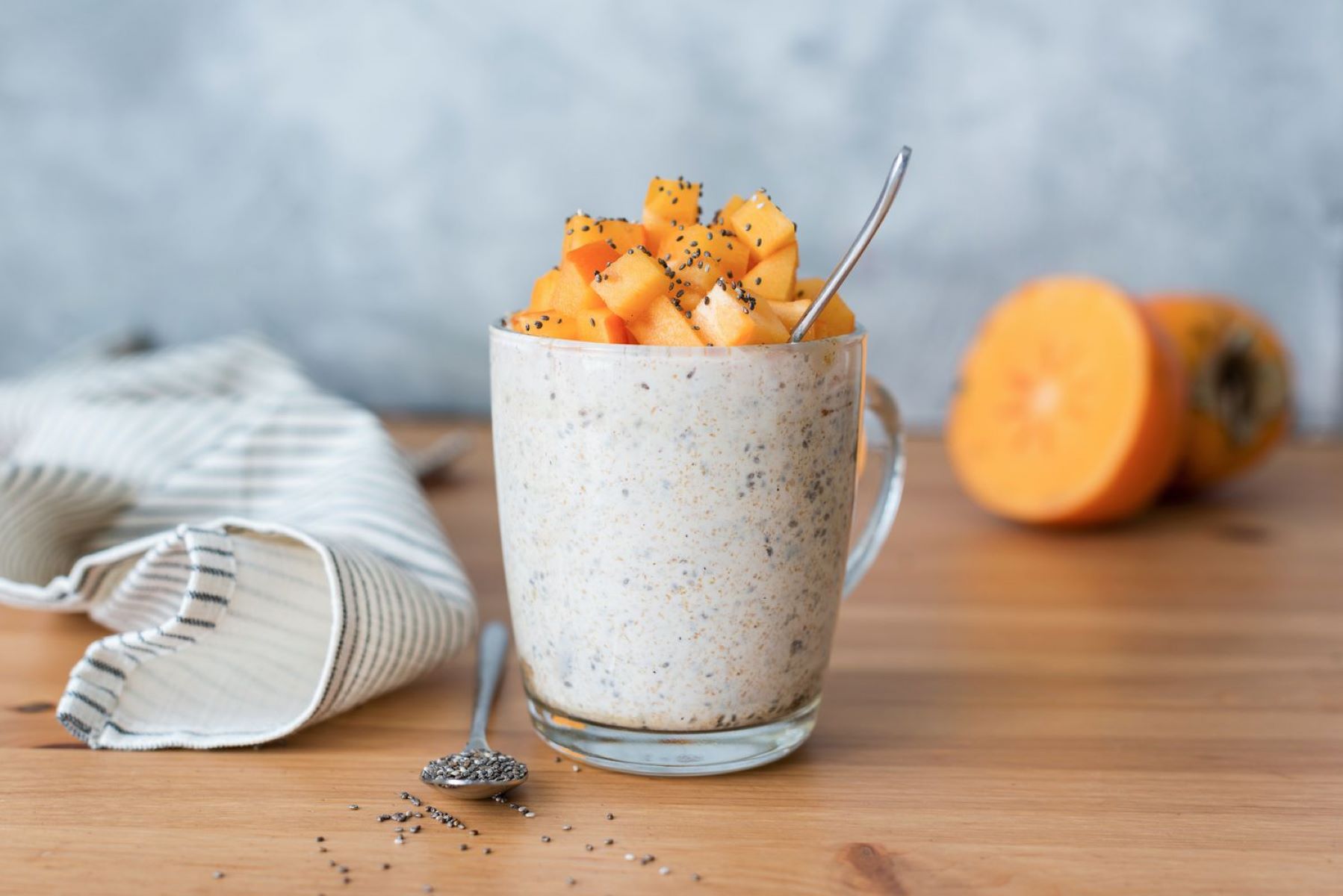
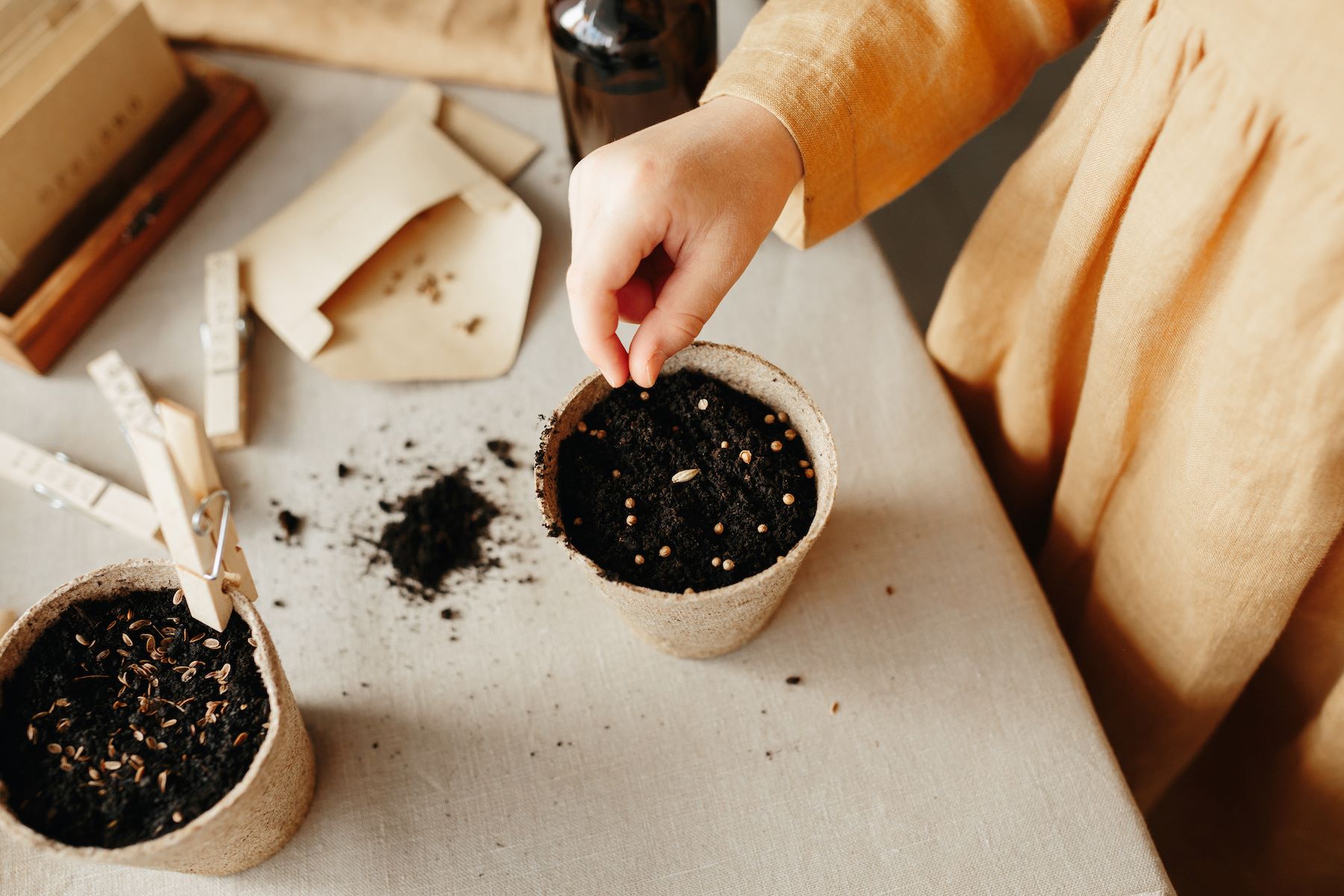
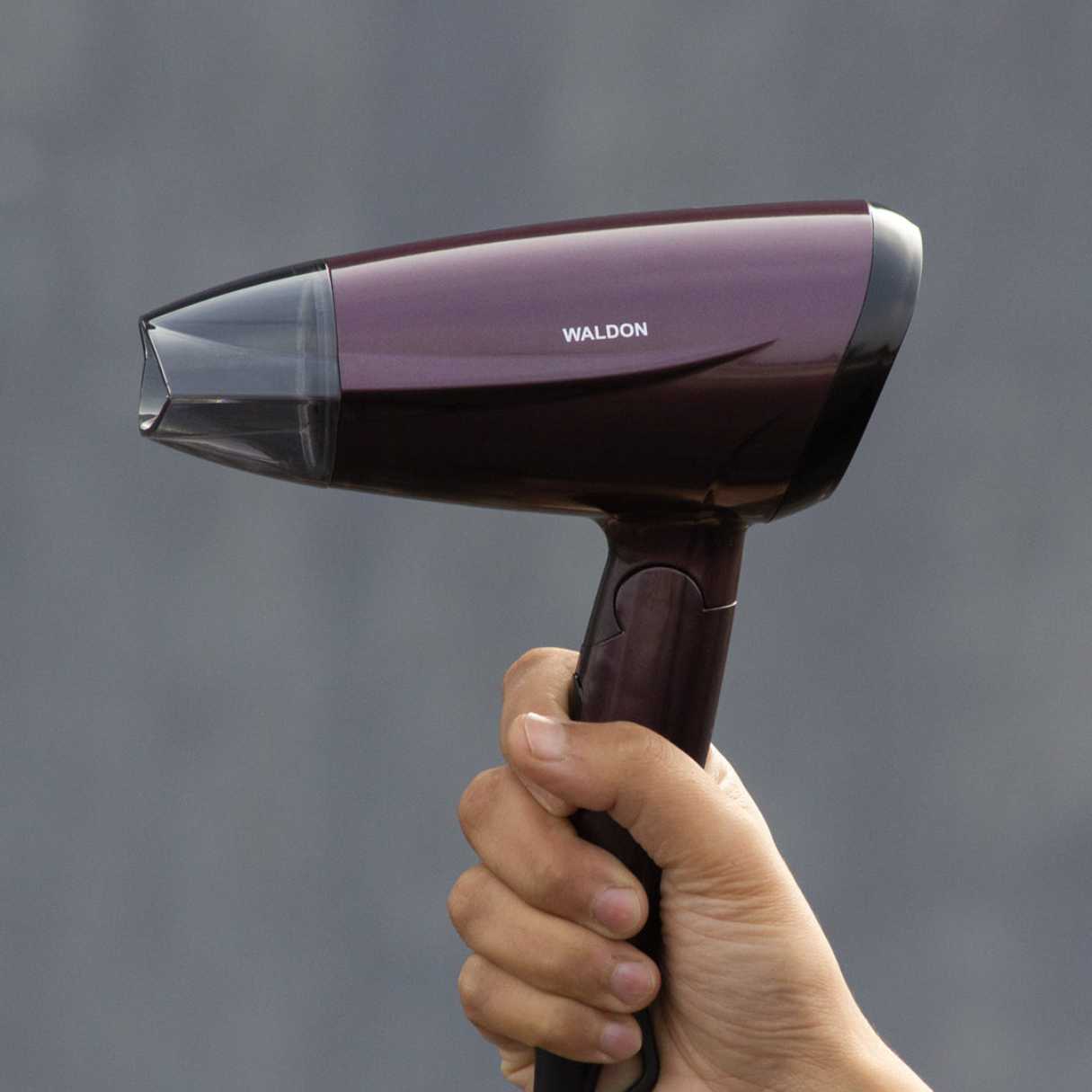
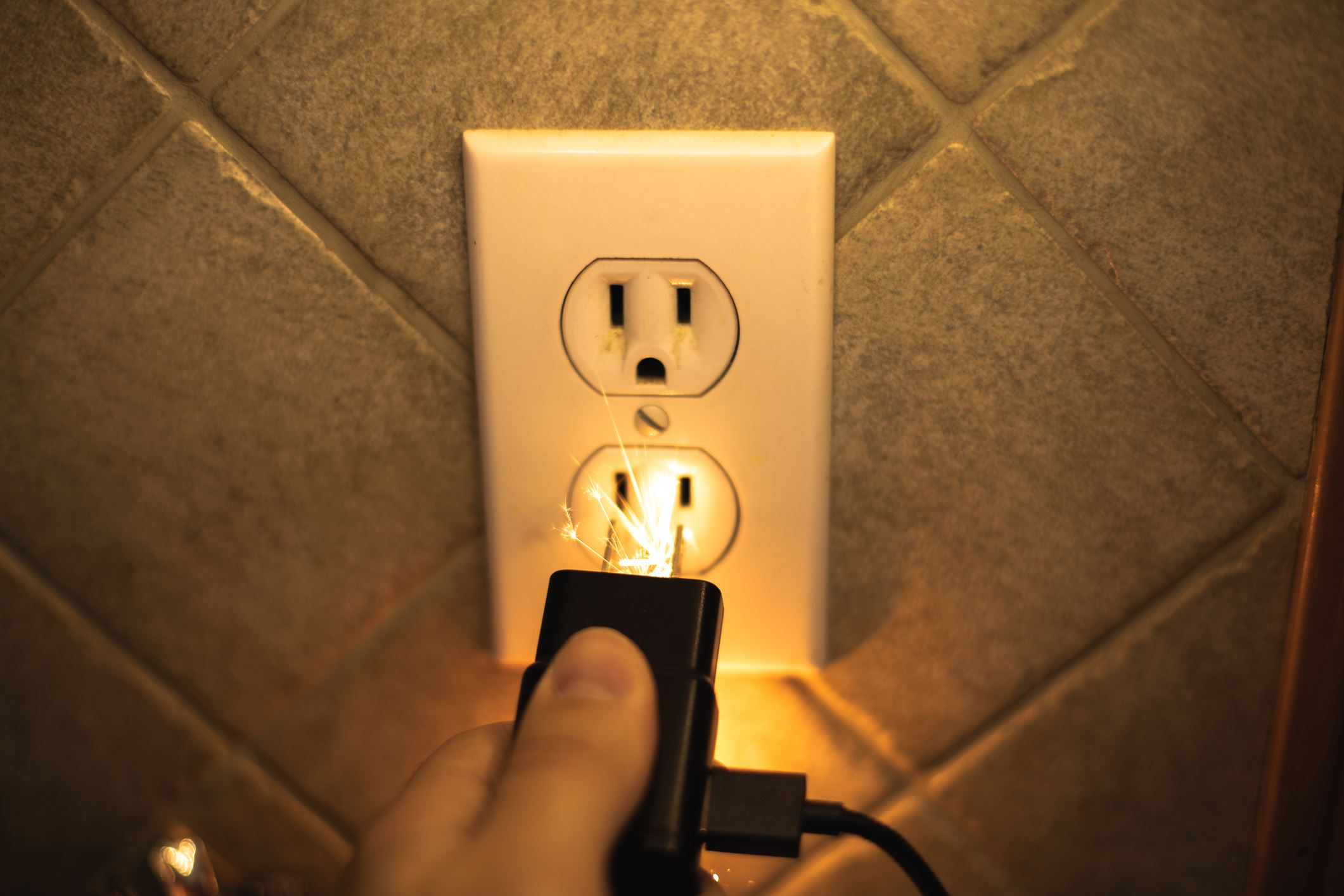
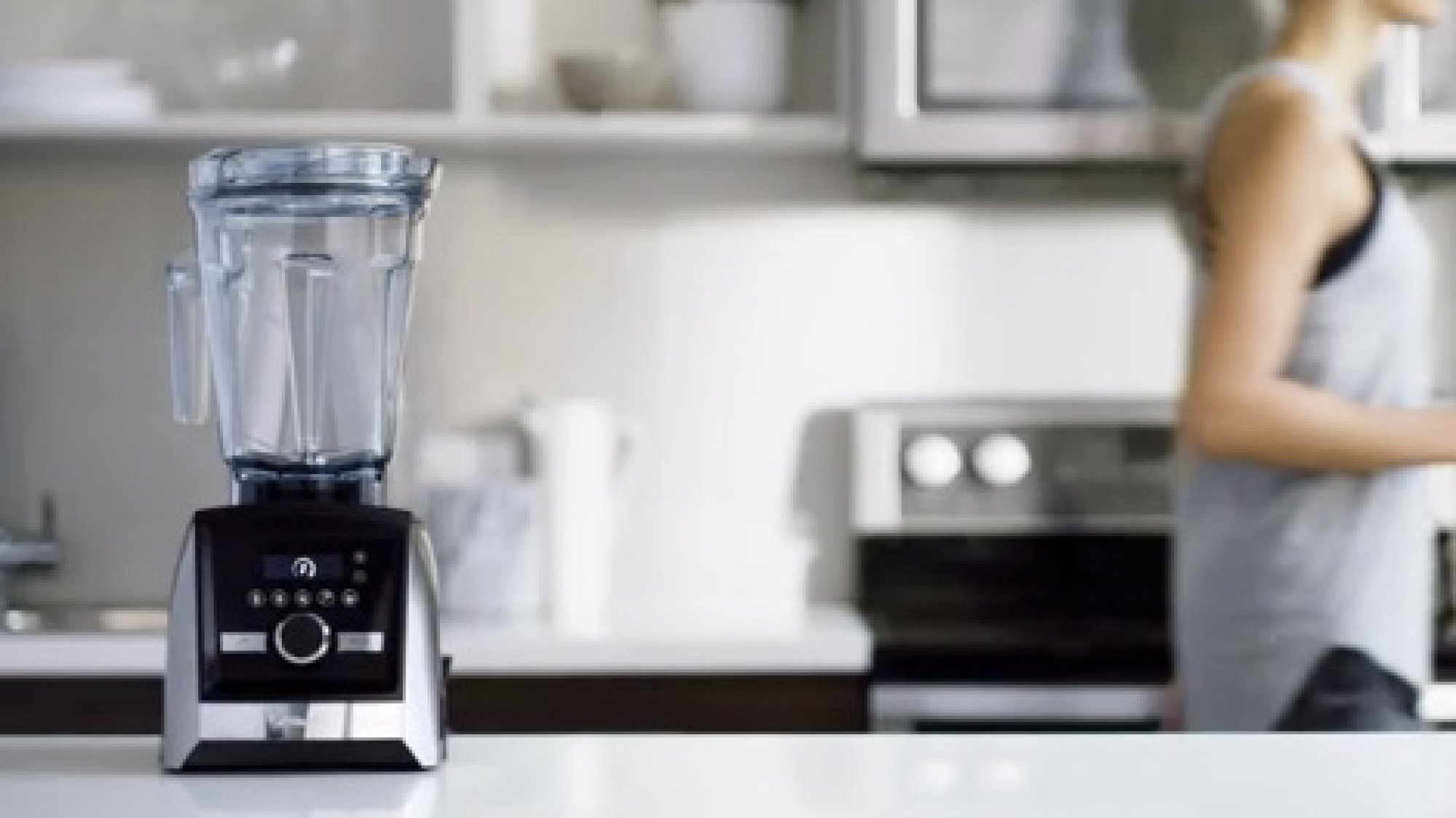

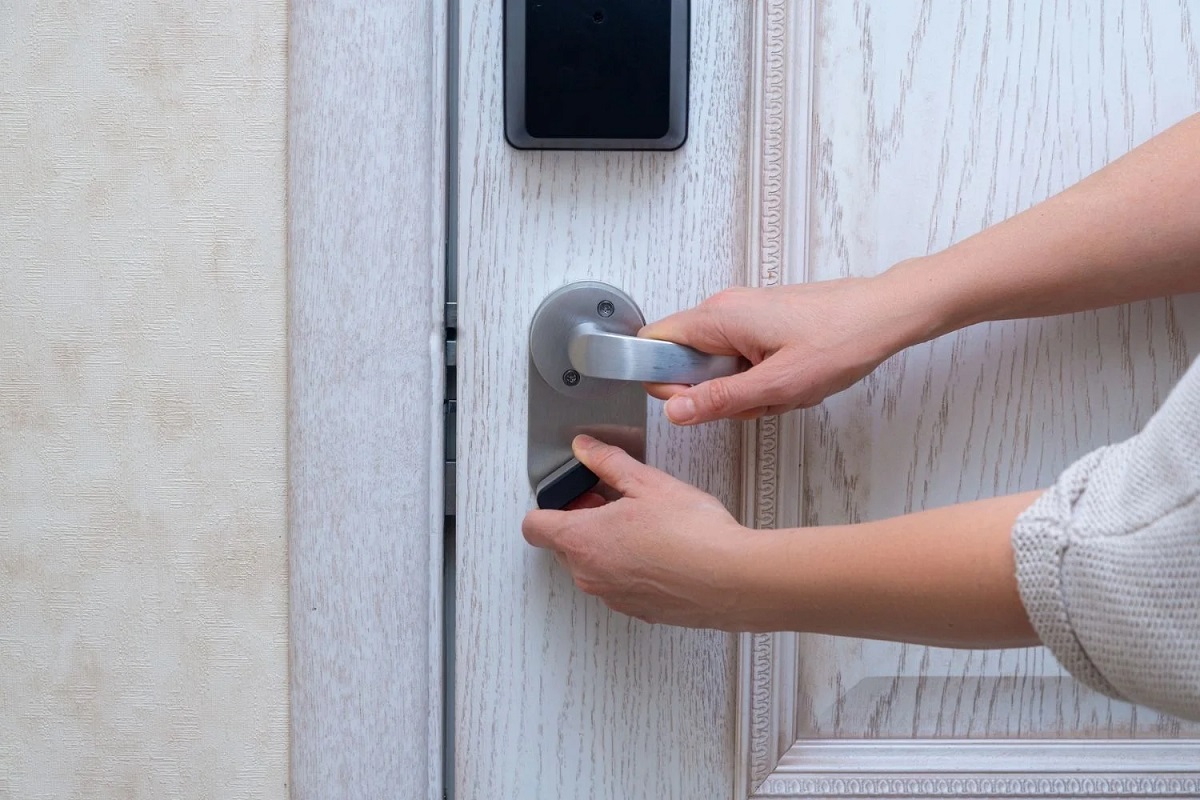

0 thoughts on “Why Did My Chia Seeds Not Expand”